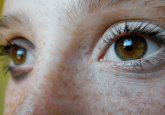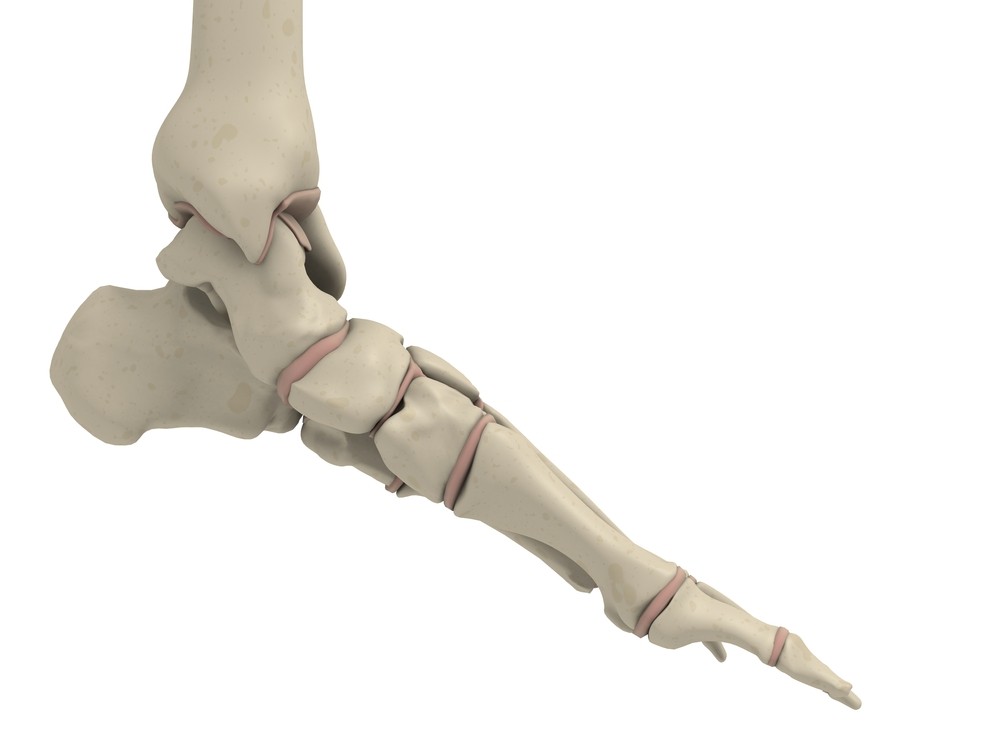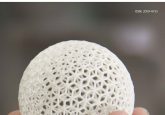3D printer uses microfluidics and light directing arrays to print high resolution tissue mimics

Researchers from UCLA (CA, USA) have built a stereolithographic device able to build multi-material, micro-scale structures, at speeds not achievable with conventional printing platforms. In a paper recently published in Advanced Materials, researchers from UCLA (CA, USA) have adapted a lithographic 3D printer to build complex biomaterials from several different materials. The team has shown that, when seeded with living cells, their structures can effectively model tissues and can be implanted into living organisms. The work could lead to the printing of artificial tissues for therapeutic use or research. The team's printer uses a microfluidic chip with multiple pneumatically operated...





